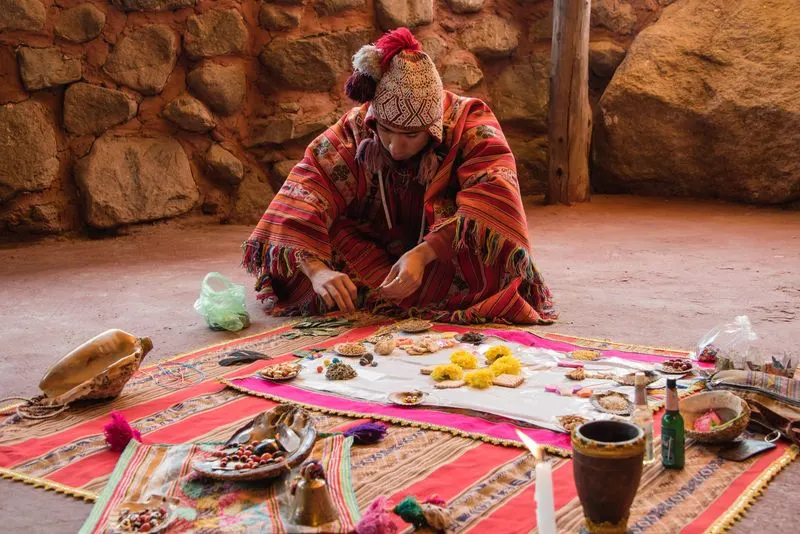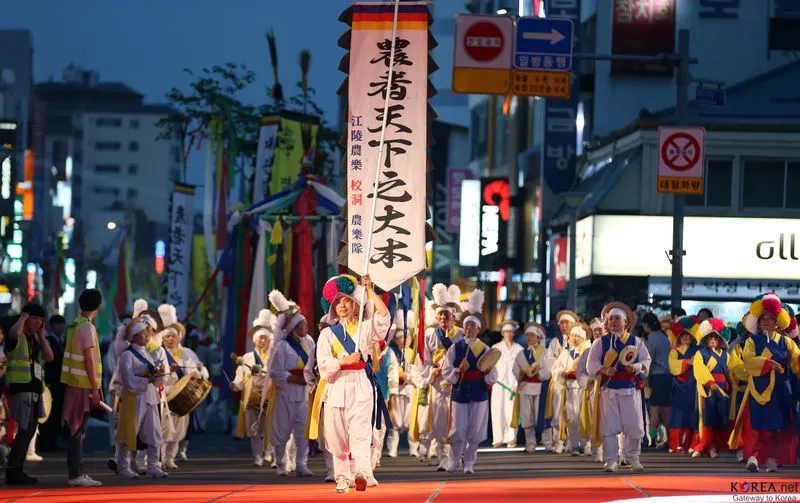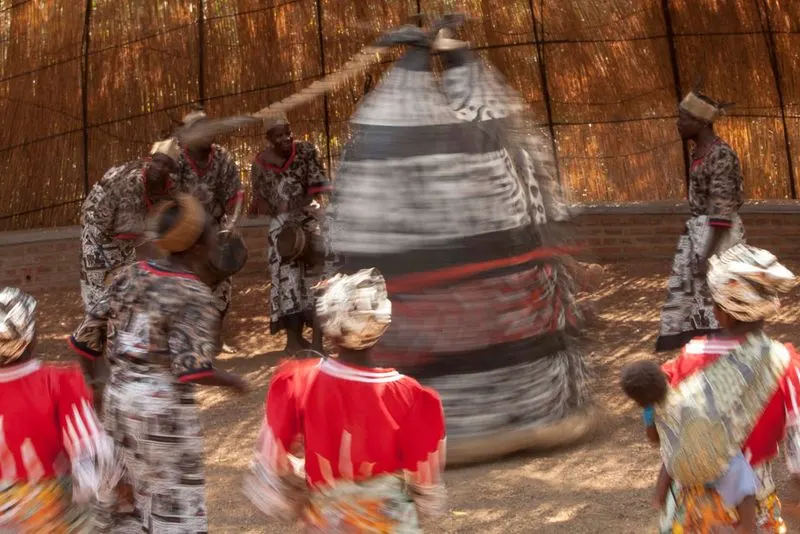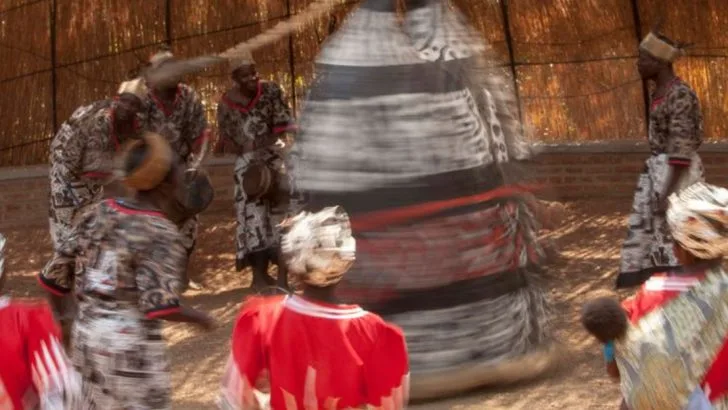Gardening isn’t just about soil and sunlight—it’s also shaped by centuries of tradition, intuition, and quiet rituals passed down through cultures. Around the world, people have developed unique practices that connect them more deeply to the rhythms of nature.
From moon-phase planting in the Andes to the Japanese custom of “listening” to the garden before touching the soil, these rituals aren’t just poetic—they often come with real ecological wisdom and surprising results.
In this article, we’ll explore 7 powerful and little-known garden rituals from diverse cultures that you can try in your own space—no matter where you live. Each one offers a new way to engage with your garden, with more intention, respect, and joy.
Japanese Ikebana

Ikebana, the Japanese art of flower arrangement, is about more than just aesthetics. It’s a disciplined practice that brings together nature and humanity, emphasizing harmony, balance, and simplicity. Practitioners focus on the line, form, and space, often spending hours perfecting a single arrangement. Flowers are carefully selected and placed to reflect seasonal changes, offering a moment of mindfulness and reflection. This ritual transforms ordinary blossoms into a meditative practice, offering a peaceful retreat from the bustling world. Anyone looking to add a touch of tranquility to their lives might find solace in this ancient art.
Peruvian Despacho Ceremony

In the Andes, the Despacho ceremony is a sacred offering to Pachamama, or Mother Earth. Participants gather items like flowers, seeds, and sweets, each symbolizing a different blessing or intention. The ritual involves creating a mandala-like arrangement, which is then ceremonially burned or buried. This practice is a way to express gratitude, ask for healing, or seek guidance, connecting participants with the earth and their community. Rich in symbolism, it is a reminder that gardening is not just physical but also spiritual. This tradition can deepen your relationship with nature and community.
Korean Dano Festival

During Korea’s Dano Festival, celebrated on the fifth day of the fifth lunar month, gardens come alive with vibrant displays. Traditionally, it’s a time to cleanse and protect the home. Women wash their hair in water infused with sweet flag iris, believed to ward off evil spirits. The festival also includes swings, taekwondo, and cultural dances, bridging the past with the present. It’s a celebration that highlights renewal and joy, much like the garden’s cyclical nature. Engaging in Dano practices offers a delightful way to honor both tradition and the changing seasons in your garden.
Balinese Tumpek Uduh

In Bali, Tumpek Uduh is a day dedicated to honoring trees and plants. Offerings of flowers, fruit, and coconut rice are placed at the base of significant trees, acknowledging the life-giving benefits they provide. This ritual is not just an act of gratitude but also a plea for continued fertility and abundance. It aligns with the Balinese philosophy of Tri Hita Karana, promoting harmony between humans, nature, and the spiritual world. Participating in Tumpek Uduh can enrich your appreciation for the vital roles plants play in our lives. It’s a heartfelt embrace of nature’s bounty.
English Maypole Dance

The Maypole dance, a staple of English May Day celebrations, is a joyful event that heralds the arrival of spring. Participants dance around a tall pole adorned with colorful ribbons, weaving intricate patterns with each step. This tradition dates back to pagan times, celebrating fertility, growth, and community spirit. The dance embodies the playful and cyclical nature of the seasons, bringing people together in a shared moment of festivity. Incorporating a maypole into your garden festivities is a delightful way to celebrate spring’s renewal and connect with age-old traditions.
Indian Vastu Shastra

Vastu Shastra, an ancient Indian architectural science, extends its principles to garden design. It’s about creating spaces that harmonize with natural energies, guiding the placement of plants, water features, and pathways. Gardens designed with Vastu principles are believed to enhance health, prosperity, and well-being. Each direction holds specific significance, influencing plant selection and positioning. This age-old tradition offers a holistic approach to gardening, where every element is thoughtfully considered to promote balance and positivity. Embracing these guidelines can transform your garden into a serene and energizing oasis.
African Rain Dance

Rain dances, found in various African cultures, are performed to invoke rain and ensure agricultural prosperity. Participants, often dressed in traditional attire, dance rhythmically to the beat of drums, embodying a powerful connection to the elements. These dances are not merely about summoning rain; they also serve as a celebration of life, resilience, and unity. The rhythmic movements and communal energy reflect a deep respect for nature’s cycles. By embracing this tradition, you can not only honor rain’s vital role in the garden but also celebrate community and cultural heritage.

